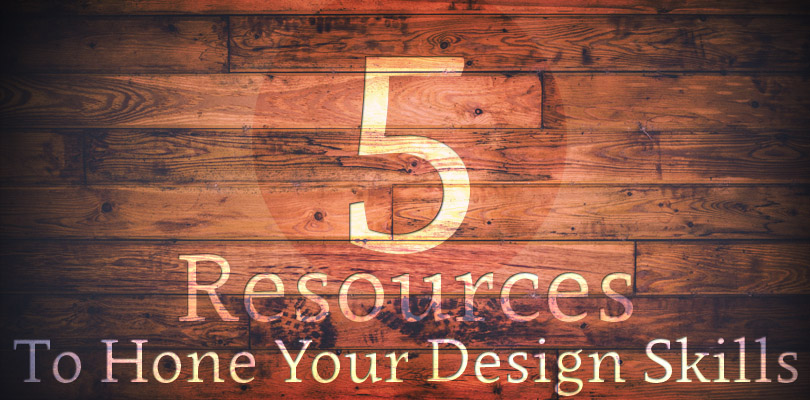
This post on Quora on the best resources for bleeding edge design has been making the rounds. Some of the answers are awesome, and I want to highlight a few of them here for BrainLeaf beta users. These resources will help small or one-man design studios get their UX design game on lock. Now, I am not trying to impose any design philosophies on anyone; you have to figure out that part of it yourself. But I would like to link to some of these resources that would be helpful to beginning or advanced designers looking to build their skillset.
1. Find your best practice
Everybody needs a workflow. Your team needs to know what to do from the first client meeting to fixing bugs months or years later. Below is designer Colm Tuite’s best practice for making excellent design. (I’ve modified it from his very detailed original post on Quora.)
- Identify the problem and how a website can be a solution.
- Identify who uses the product or tool, how do they use it, how do they find it, what do they want
- Wireframe properly by adding all necessary elements before you jump
- Communicate visually by using icons, clear images, proper formatting and catchy headings.
- Design the journey: direct the user where to go from the second they land on your page.
- Make users feel loved through encouraging comments and rewards.
- Beef up your visual design skills on layout, balance, alignment, contrast and organizing information on a page.
- The initial design will always be the worst; keep pushing to a couple more iterations and focus on the user goals instead of the features.
- Practice, find projects to work on and pester your designer friends for feedback.
- Keep studying.
2. Steal… I mean “Borrow” ideas from your favorite websites
After going through a design questionnaire, but before starting on a new project design, one of the first things I do is go to: awwwards.com, siteinspire.com, and cssmania.com and look through as many designs as possible that match what I am working on. Gaining insight from other people’s designs is a great place to start figuring out how you can improve on them! Don’t actually steal images or designs that are copyrighted. But using other people’s work as a starting point can be a great head start on your work.
3. Build your own Intro to UX course
Using resources online (many are free!), you can build your own knowledge base. While a formal college degree in graphic design or computer science is helpful, only a couple of the best developers and designers I know actually have one. It’s really on you to hone your skills to the level of expertise you want. Here are a couple of resources to get you started:
4. Study psychology, history, cognition
Some of the best designers in the world use tools from psychology to understand user interaction and behavioral patterns. If you can master elements of psychology, like empathy, you could become the next Aaron Walter. Here are a few must-reads for any UX designer:
- “Don’t Make Me Think” by Steve Krug (my first book on usability!)
- “Designing for Emotion” by Aarron Walter.
- “Thoughtful Interaction Design” by Jonas Lowgren.
- “Cognitive Styles and Learning Strategies” by Richard Riding, Stephen Rayner.
- “The IxD Library” – A collection of free articles on interaction design dating all the way back to the 1940s.
5. Be knowledgeable about new research and technologies
You might as well go ahead and bookmark the sites listed here. I’m not saying you need to spend eight hours a day reading the internet, but portioning off a few hours a week devoted to reading up on new research and technologies will put you a cut above the rest. Below I’ve included a few general research sites as well as those specific for UX designers.
If you’re new to the freelancing game, getting a solid foundation in the basics should be prioritized. If you’re already an experienced UX designer, I hope this post inspires you to branch out a little further.
Thanks to Keith Misner and his contribution to Unsplash for the photography!





